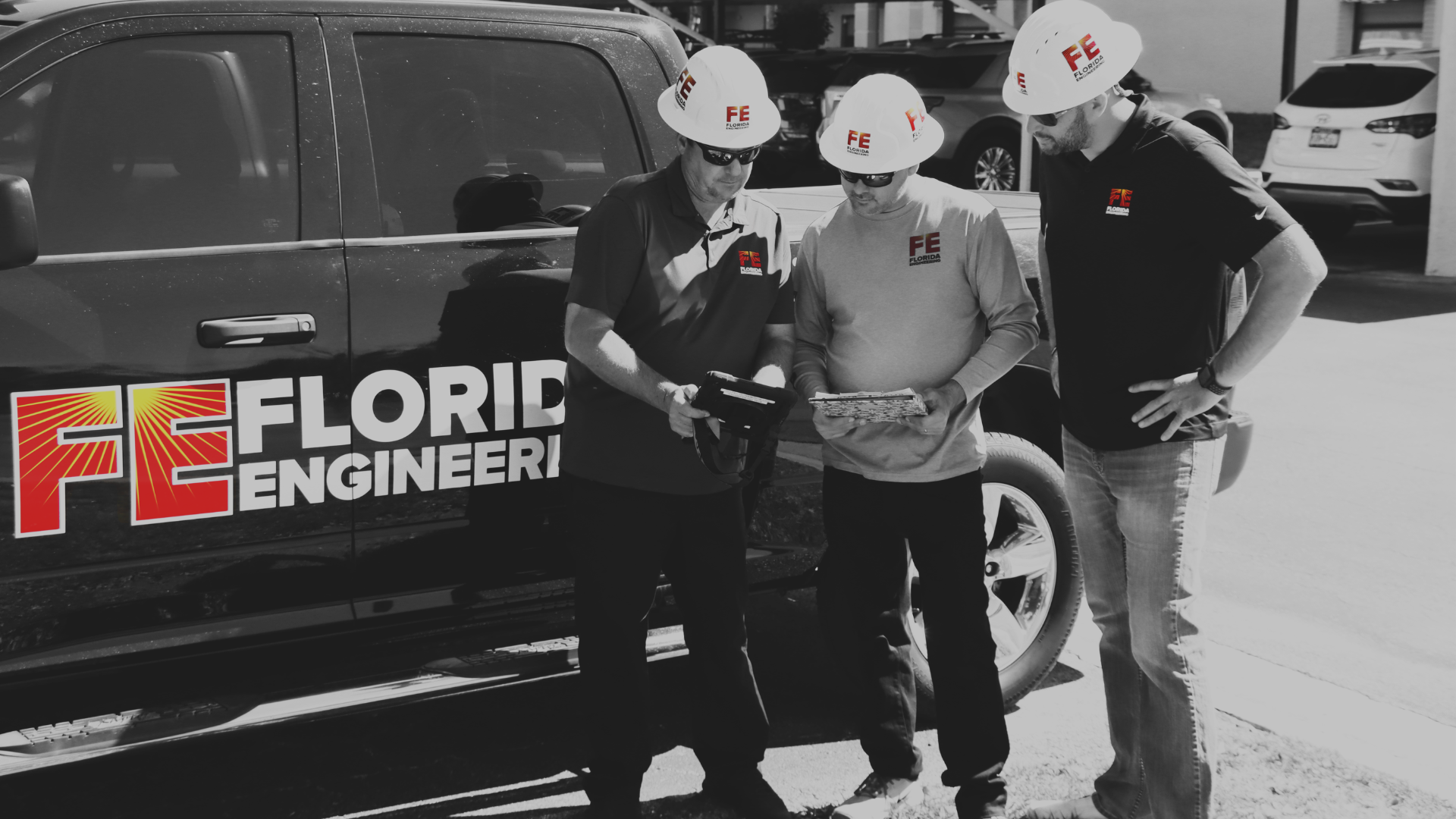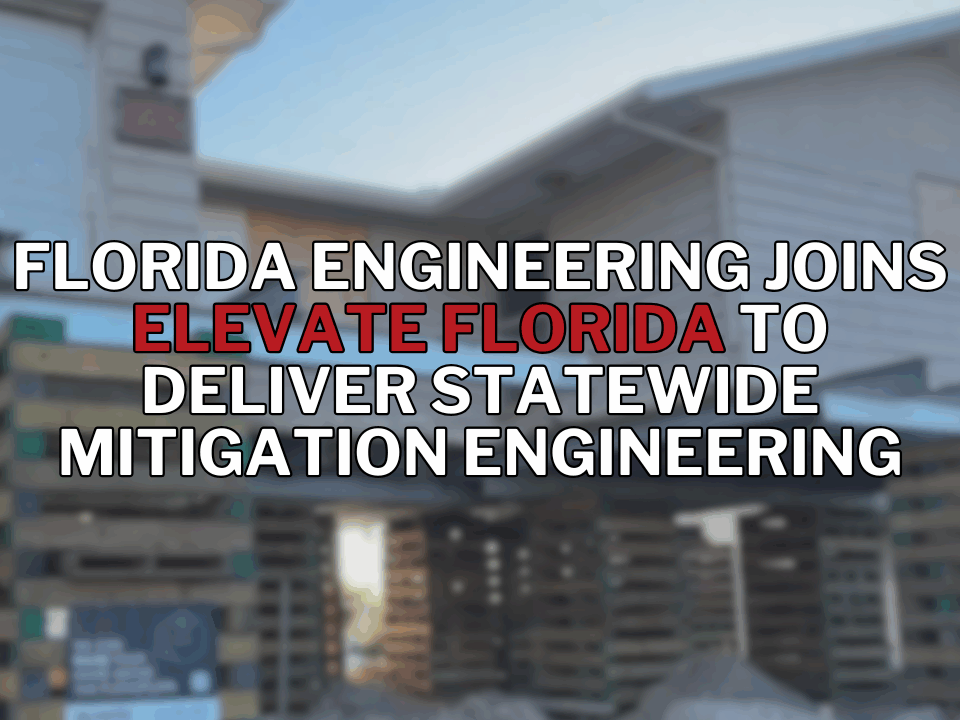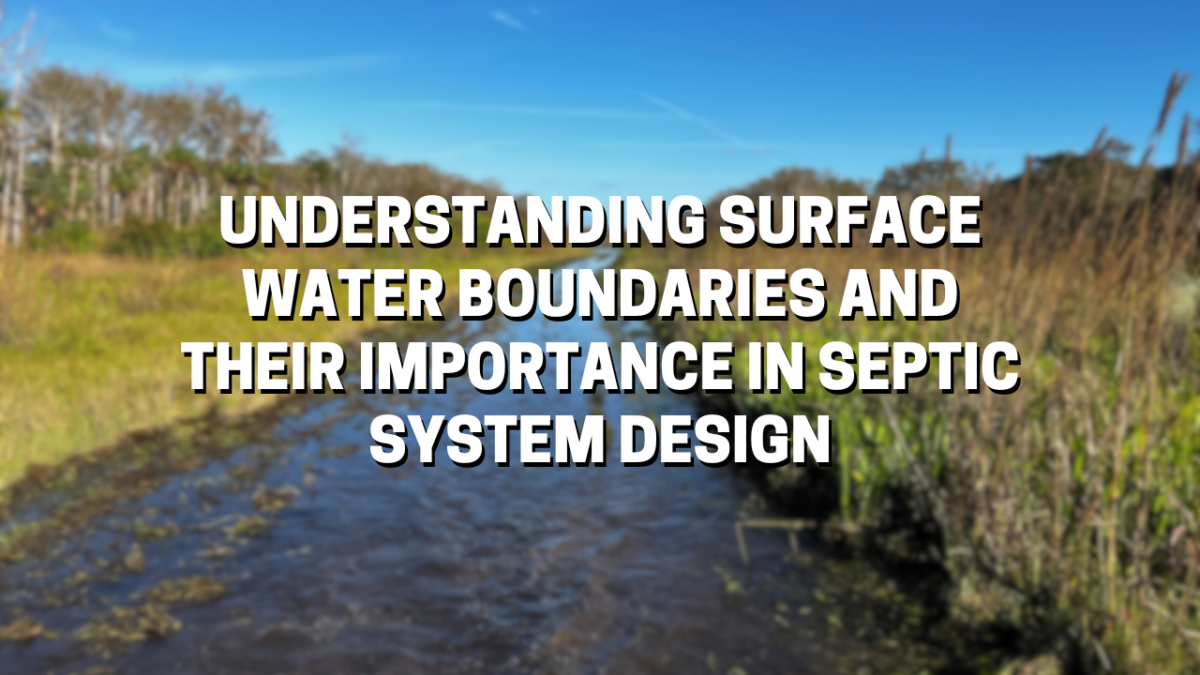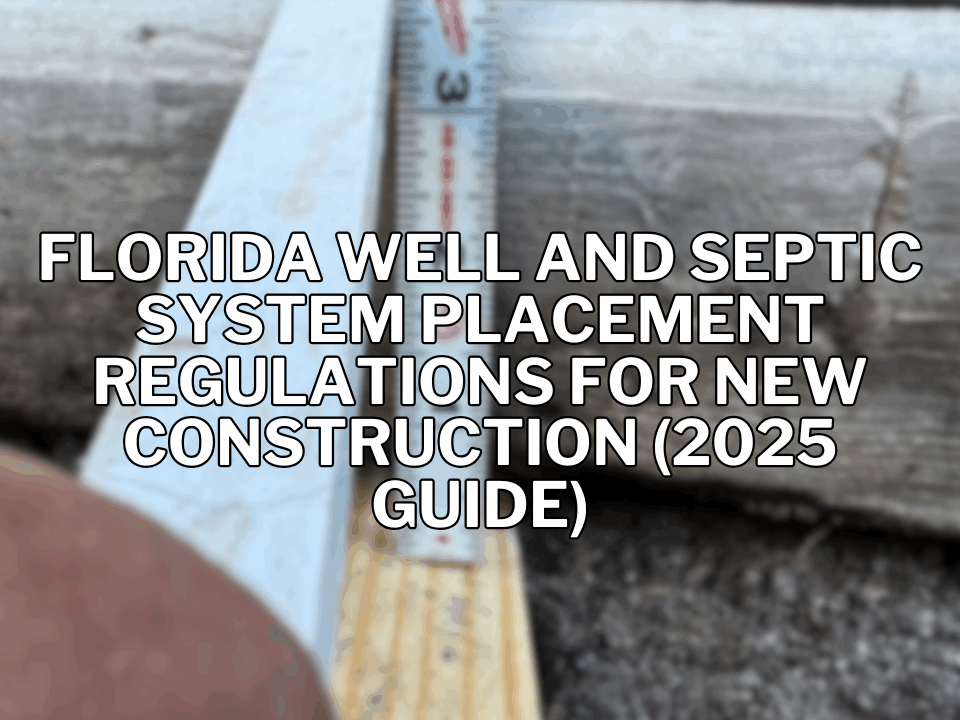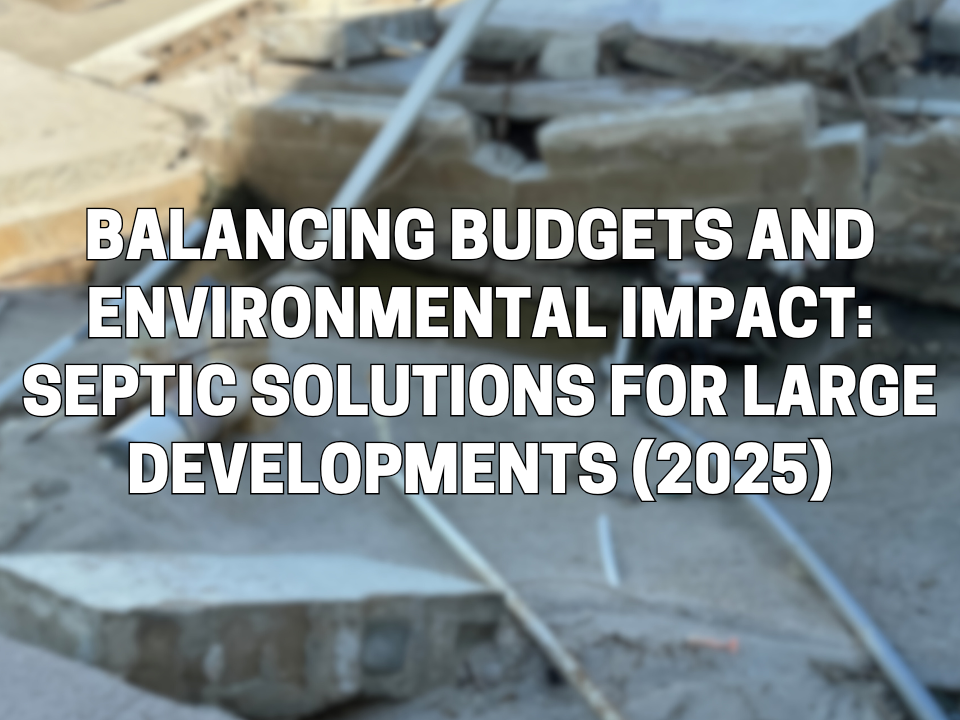Surface water boundaries play a crucial role in the design and installation of septic systems. For Florida Engineering LLC, understanding and adhering to these boundaries is essential to ensure compliance with state regulations and protect public health. This article delves into the significance of surface water boundaries, the changes in regulations, and how this impacts septic system design.
What Are Surface Water Boundaries?
Surface water boundaries are defined lines that demarcate the extent of water bodies, such as lakes, rivers, and tidal waters. These boundaries are essential in determining setbacks and safe distances for various environmental and construction activities. There are two main types of surface water boundaries:
- Tidally Influenced Surface Water Body: The boundary is determined by the Mean High-Water Line (MHWL), an elevation established by Professional Surveyors and Mappers.
- Permanent Non-tidal Surface Water Body (PNSWB): The boundary is defined by the Mean Annual Flood Line (MAFL), which can be determined using NAVD88 or assumed elevations.
Regulatory Changes and Their Impact
In 1999, significant statutory and rule changes were made regarding the determination of surface water boundaries. These changes aimed to provide clearer guidelines and improve environmental protection. The regulations specify the methodologies for determining the MHWL and MAFL and highlight the importance of professional involvement in these processes.
Memo HSES 11-006: 2011 Update to Surface Water Boundary Determinations
Background This memo rescinds and replaces Information Memorandums HSES 10-005, 00-011, and 09-006. On June 18, 1999, statutory and rule changes were made regarding the determination of surface water boundaries. A surface water body is defined as a “permanent non-tidal surface water body” or a “tidally influenced surface water body.”
Definitions
- Tidally Influenced Surface Water Body: The boundary is the Mean High-Water Line (MHWL), an elevation derived from Mean High Water Surveys based on the National Tidal Datum Epoch 1983-2001. Determination requires an elevation established by Professional Surveyors and Mappers.
- Permanent Non-tidal Surface Water Body (PNSWB): The boundary is the Mean Annual Flood Line (MAFL), defined by Section 381.0065(2) (i) and (k), Florida Statutes. The MAFL can be established by Professional Surveyors and Mappers or department personnel. Elevations may reference NAVD88 or assumed elevations.
Importance in Septic System Design
For Florida Engineering LLC, understanding and correctly identifying surface water boundaries is critical for the following reasons:
- Compliance with Regulations: Septic system designs must adhere to the Florida Department of Environmental Protection (DEP) statutes and codes.
- Protecting Public Health: Correctly identifying and respecting surface water boundaries helps safeguard water bodies from contamination, ensuring the health and safety of the public.
- Accurate Site Planning: Properly identified boundaries allow for accurate site planning and setback calculations, ensuring that septic systems are placed at safe distances from water bodies.
Determining Surface Water Boundaries
- Tidally Influenced Boundaries: The MHWL is determined through surveys and studies based on the National Tidal Datum Epoch and referenced to NAVD88. Determination of the MHWL requires an elevation established by Professional Surveyors and Mappers.
- Non-Tidally Influenced Boundaries: The MAFL is established using historical flood data and field verification of specific indicators. This boundary can be determined by professional surveyors or department personnel.
Application of Surface Water Boundaries in Septic System Design
New and Existing/Modifications Applications
- The boundaries of all surface water bodies must be shown to scale and correctly labeled on the site plan.
- Proper setbacks from the system can be determined once the boundary is shown on the site plan.
- The area of the surface water body is deducted from the overall property size for lot size and sewage flow allowances.
- For individual lots that are 5 acres or greater, the boundary must be shown if within 75 feet of the minimum area required to be depicted.
System Repairs
- Surface water boundaries must be identified to measure setbacks only and are not required for lot size, authorized flow, and unobstructed area determinations.
- Rule 64E-6.015, Table V, provides repair system setback requirements. Lots platted prior to 1972 are subject to a minimum 50-foot setback.
Challenges and Considerations
- Accurate Data Collection: Ensuring accurate data collection and interpretation is crucial for correct boundary determination.
- Professional Expertise: Engaging professional surveyors and mappers is often necessary to obtain precise boundary delineations.
- Environmental Variability: Changes in environmental conditions, such as flooding or erosion, can impact boundary locations, necessitating periodic re-evaluation.
Field Verification Process
Tidally Influenced Surface Water Boundary Determination
- The MHWL for tidally influenced surface water bodies is determined by Licensed Professional Surveyors and Mappers.
- The Florida Department of Environmental Protection (DEP) maintains information on MHWLs on state lands based on tidal datum from over 19-year epochs.
- Surveys of MHWLs must be filed with DEP.
Non-Tidally Influenced Surface Water Boundary Determination
- The MAFL for non-tidally influenced surface water bodies is determined based on data available and field verification using statutory indicators.
- Property owners may request the county health department to conduct the field verification of the MAFL.
- The Alternate Surface Water Boundary (ASWB) delineation procedure is used when the applicant requests the county health department conduct the field verification.
Understanding surface water boundaries is essential for the effective design and implementation of septic systems. At Florida Engineering LLC, our commitment to adhering to these regulations and guidelines ensures that we provide safe, compliant, and environmentally responsible solutions for our clients. Proper identification and respect for these boundaries not only ensure regulatory compliance but also protect public health and the environment.
Contact Us – The Septic Civil Engineer Near Me – Florida’s Top Civil Septic Engineer
- Phone: 941-391-5980
- Email: contact@fleng.com
- Address: 4161 Tamiami Trail, Suite 101, Port Charlotte, FL 33952
Connect With Us
Related Services

